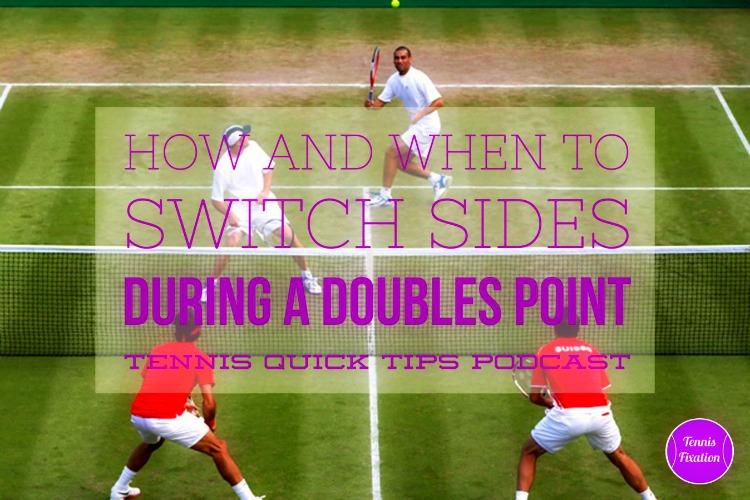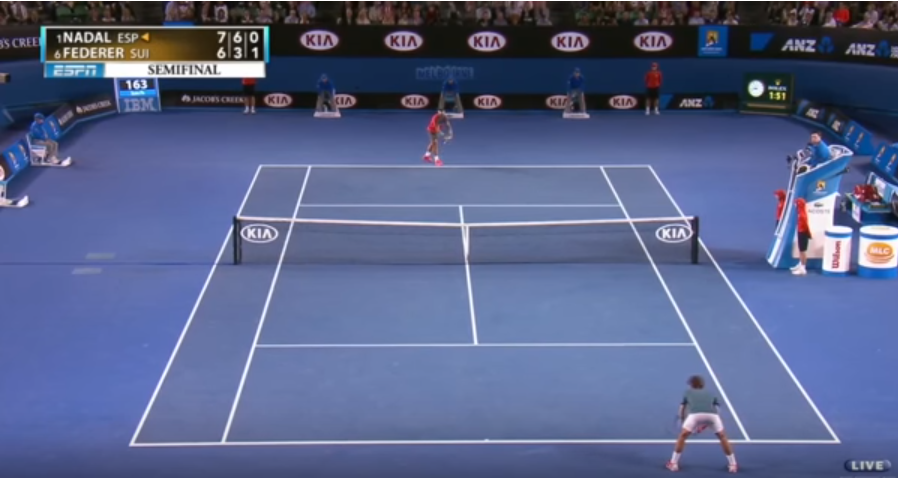Today I decided to hit the court and figure out this whole “switching sides” thing in tennis. I mean, I’ve seen it on TV, but doing it yourself is a whole different ball game, no pun intended.
So, I grabbed my racket, a can of balls, and a buddy who’s also trying to get the hang of this sport. We started with a simple rally, just hitting the ball back and forth. Then, we decided to play a proper game. That’s when the confusion began.

We played the first game, and I was like, “Okay, do we switch now?” My friend wasn’t sure either. We remembered something about odd-numbered games, so we switched sides after the first game. It felt weird, honestly, walking to the other side after just one game.
Then we played the second game, and the third. We switched again. By this point, we were starting to get into a rhythm. We kept playing, switching after every odd game – the third, the fifth, and so on. It became almost automatic after a while.
- Started with a simple rally.
- Played the first game.
- Switched sides.
- Played the second and third games.
- Switched again.
- Kept playing and switching after every odd-numbered game.
But then we got to a tiebreak. That’s where things got really interesting. We had to switch sides after every six points in the tiebreak. Six points! That’s a lot more frequent than every odd-numbered game.
It was a bit confusing, but we did it. It changed the whole dynamic of the game. We were switching so often that it was a challenge to keep track of the score. It was all in good fun, though.
In Conclusion
Switching sides in tennis is a fundamental part of the game. It makes sure that neither player has an advantage because of things like the sun or the wind. It’s a bit confusing at first, especially in tiebreaks, but once you get the hang of it, it becomes second nature. We figured out that switching sides after every odd-numbered game is the way to go, and in tiebreaks, it’s every six points. It definitely makes the game more interesting!










